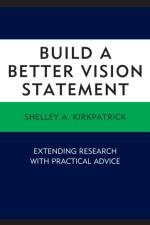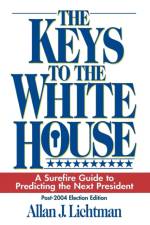von Aman Khan
149,00 €
Forecasting is integral to all governmental activities, especially budgetary activities. Without good and accurate forecasts, a government will not only find it difficult to carry out its everyday operations but will also find it difficult to cope with the increasingly complex environment in which it has to operate. This book presents, in a simple and easy to understand manner, some of the commonly used methods in budget forecasting, simple as well as advanced. The book is divided into three parts: It begins with an overview of forecasting background, forecasting process, and forecasting methods, followed by a detailed discussion of the actual methods in Parts I, II, and III. Part I discusses a combination of basic time series models such as percentage average, simple moving average, double moving average, exponential moving average, double as well as triple, simple trend line, time-series with cyclical variation, and time-series regression, with single and multiple independent variables. Part II discusses some of the more advanced, but frequently used time series models, such as ARIMA, regular as well as seasonal, Vector Autoregression (VAR), and Vector Error Correction (VEC). Part III provides an overview of three of the more recent advances in time series models, namely ensemble forecasting, state-space forecasting, and neural network. The book concludes with a brief discussion of some practical issues in budget forecasting.






























